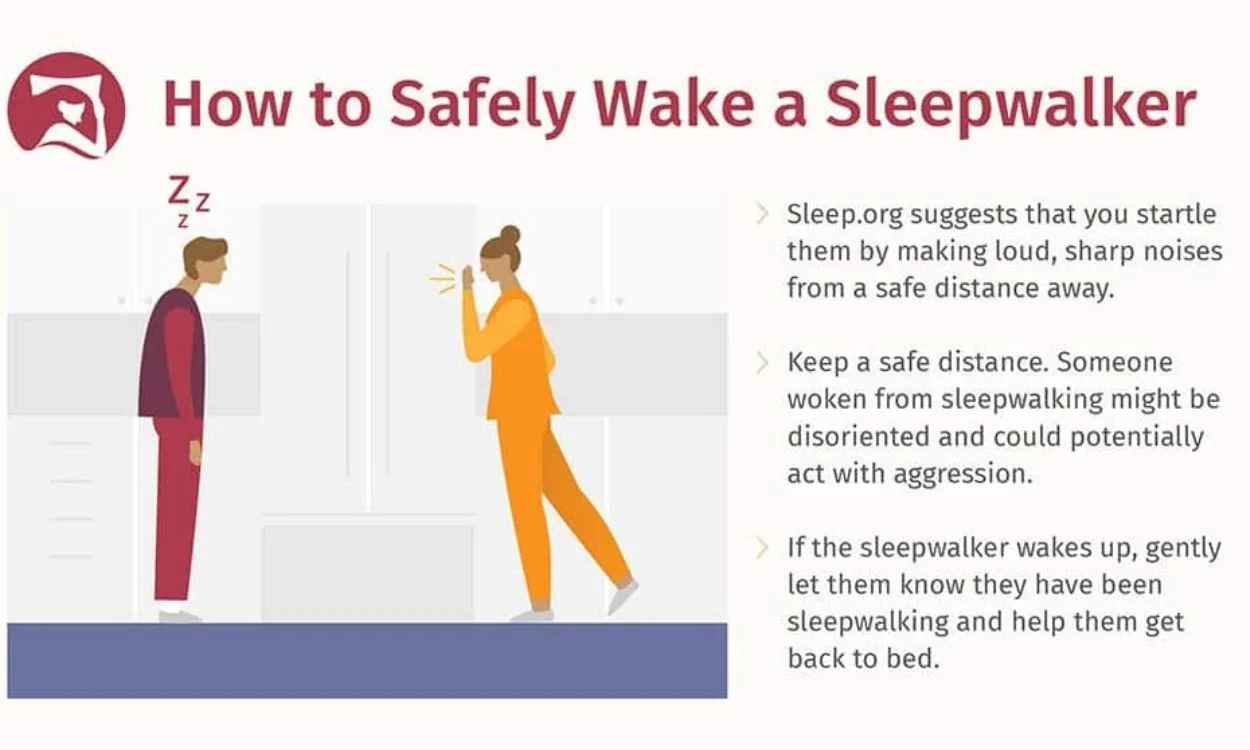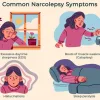What is Sleepwalking and Why Does it Occur?
Sleepwalking, also known as somnambulism, is a sleep disorder that causes people to engage in complex behaviors while still asleep. It is more common in children, but can also affect adults. Sleepwalking usually occurs during the non-rapid eye movement (NREM) stage of sleep, typically within the first few hours after falling asleep.
Causes of Sleepwalking
- Genetics: Sleepwalking tends to run in families, suggesting a genetic predisposition to the disorder.
- Sleep Deprivation: Lack of quality sleep or not getting enough sleep can increase the likelihood of sleepwalking episodes.
- Sleep Disorders: Conditions like sleep apnea, restless leg syndrome, and insomnia can contribute to sleepwalking.
- Medications: Certain medications, such as sedatives, hypnotics, and some antidepressants, can trigger sleepwalking.
- Fever: High fever, especially in children, can lead to sleepwalking episodes.
- Alcohol and Substance Abuse: Excessive alcohol consumption or drug use can disrupt the sleep cycle and contribute to sleepwalking.
Symptoms of Sleepwalking
- Walking or moving around during sleep, often with a blank or glassy-eyed expression.
- Performing routine activities, such as getting dressed, eating, or even driving, while asleep.
- Having little to no memory of the sleepwalking episode upon waking up.
- Incoherent speech or mumbling while sleepwalking.
- Difficulty waking the sleepwalker, who may become confused or agitated if disturbed.
How to Manage Sleepwalking
- Create a Safe Sleeping Environment: Clear the sleepwalker’s bedroom of potential hazards, such as sharp objects or obstacles that could cause injury.
- Establish a Consistent Sleep Routine: Stick to a regular sleep schedule to ensure adequate and uninterrupted rest.
- Promote Relaxation before Bedtime: Encourage relaxation techniques, such as taking a warm bath, reading a book, or listening to calming music, to promote better sleep.
- Keep a Sleep Diary: Monitor sleep patterns and any potential triggers for sleepwalking episodes to identify patterns or underlying causes.
- Practice Good Sleep Hygiene: Make sure the sleep environment is comfortable, quiet, and conducive to quality sleep.
- Offer Reassurance: If you witness someone sleepwalking, gently guide them back to bed without waking them abruptly.
When to Seek Medical Help
While sleepwalking is usually harmless, it can occasionally be a sign of an underlying sleep disorder or other medical condition. Consult a healthcare professional if:
- Sleepwalking episodes occur frequently and disrupt normal sleep patterns.
- Sleepwalking results in injury or poses a risk to the person or others.
- Sleepwalking episodes begin in adulthood or persist into adulthood.
- Sleepwalking is accompanied by other concerning symptoms, such as excessive daytime sleepiness.
By understanding sleepwalking and its potential causes, individuals can take steps to manage and minimize the occurrence of sleepwalking episodes. It is important to prioritize quality sleep and create a safe sleeping environment to promote overall well-being.
If you are interested in achieving better sleep and overall health, consider downloading the Fitpaa app. With Fitpaa, you can receive personalized guidance, nutrition advice, and workout plans designed to improve your sleep quality and overall well-being. Say goodbye to sleepwalking and embrace a healthier lifestyle with Fitpaa!
To download the Fitpaa app and start your journey towards better sleep and health, visit our website or search for “Fitpaa” in your app store. Remember, your well-being is our mission, and we are here to support you every step of the way. Sweet dreams!










1 thought on “What is sleepwalking and why does it occur?”
After a while, regular commenters start to form a community. It starts to feel intrusive to insert yourself.